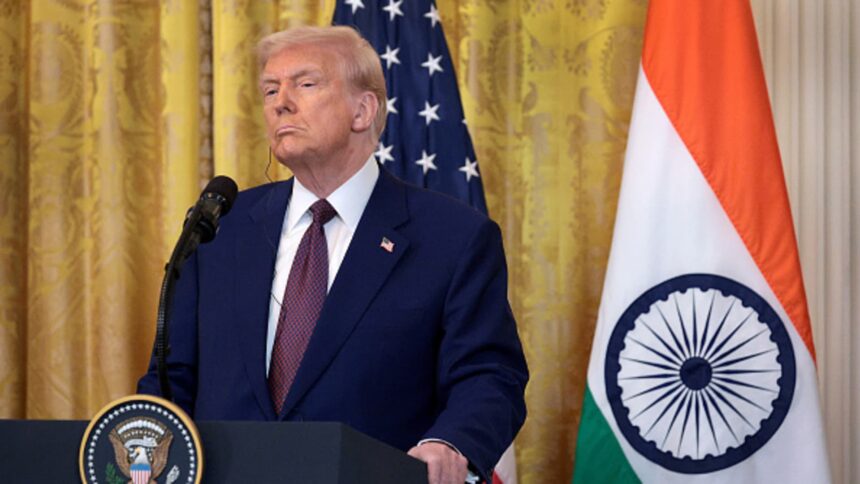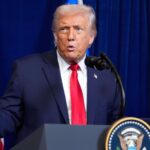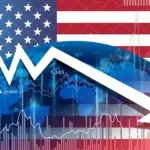Former U.S. President Donald Trump announced on Wednesday that a 25% tariff on Indian goods will take effect starting August 1. He also warned of an added “penalty” due to what he described as unfair trade practices and India’s continued defense and energy purchases from Russia.
This new tariff is a slight reduction from the 26% rate he previously revealed on what he dubbed “liberation day.” However, it remains at the higher end of what Trump had hinted at earlier in the week, when he said he was weighing a range between 20% and 25%.
Taking to his platform, Truth Social, Trump said, “While India is our friend, they’ve made doing business incredibly difficult due to extremely high tariffs and the toughest non-monetary trade barriers in the world.” He further criticized India’s longstanding defense ties with Russia and its significant energy imports from Moscow — concerns he tied to ongoing efforts to pressure Russia over the war in Ukraine.
“INDIA WILL THEREFORE BE PAYING A TARIFF OF 25%, PLUS A PENALTY FOR THE ABOVE, STARTING ON AUGUST FIRST,” he posted.
The White House declined to comment on what the additional “penalty” might involve.
India’s Ministry of Commerce and Industry responded cautiously, saying the government is reviewing the potential impact of the tariffs. The ministry noted that both countries have been working on reaching a “fair, balanced, and mutually beneficial” trade agreement in recent months and reiterated India’s commitment to that goal.
Trump also highlighted the U.S. trade deficit with India, calling it “massive” in another post. He has long argued that tariffs are necessary to reduce trade imbalances and bring manufacturing jobs back to the United States.
However, many economists challenge that approach. They argue that imports from countries like India help keep consumer prices down in the U.S., and that the domestic labor market may not support the large-scale return of lower-wage, labor-intensive industries.
Earlier this year, Trump declared America’s global trade deficit a national security concern—an unprecedented move that he used to justify unilateral tariff decisions without going through Congress.
The planned penalty on India also follows Trump’s threats to impose sweeping 100% secondary tariffs on any country buying Russian oil or gas unless Moscow agrees to a ceasefire in Ukraine. That proposal, which could take effect in early August, would significantly affect major energy buyers like India, China, and Brazil.










